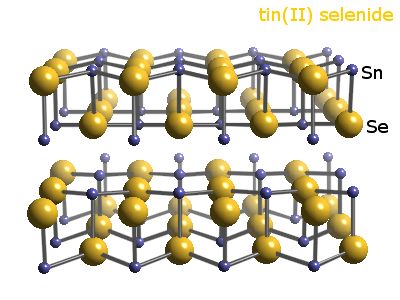Dravid Lab Researchers Again Shatter Thermoelectric Record

One of the greatest stumbling blocks in energy efficiency is the generation of waste heat, which can account for up to two-thirds of the energy expenditure in vehicles, appliances, and power plants. Recovering this 'wasted' energy is of key interest in limiting greenhouse gas emission and renewable energy, and thus thermoelectrics are of extraordinary importance in improving the efficiency and environmental friendliness of power generation. Thermoelectrics operate by converting heat energy into electricity, so a good material has a very high electrical conductivity with an extremely low thermal conductivity, two features that rarely occur together. These two constratins are captured in the ZT figure of merit, which represents a ratio of electrical conductivity and thermoelectric power in the numerator and thermal conductivity in the denominator.
However, as detailed in this month's Nature publication, an interdisciplinary team led by Professors Kanatzadis, Dravid, and Wolverton has found the crystal form of the chemical compound tin selenide conducts heat so poorly through its lattice structure that it is the most efficient thermoelectric material known. Unlike most thermoelectric materials, tin selenide has a simple structure, much like that of an accordion, which provides the key to its exceptional properties. Bonding is extraodinarily weak in a particular crystal direction, which prevents heat from moving through the crystal easily. Tin selenide exhibits a ZT of 2.6, the highest reported to date at around 650 degrees Celsius. The material's extremely low thermal conductivity boosts the ZT to this high level, while still retaining good electrical conductivity.
Potential areas of application for the high-temperature thermoelectric material include the automobile industry (a significant amount of gasoline's potential energy goes out of a vehicle's tailpipe), heavy manufacturing industries (such as glass and brick making, refineries, coal- and gas-fired power plants) and places where large combustion engines operate continuously (such as in large ships and tankers).
The discovery comes less than two years after the same team broke the world record with a ZT of 2.2.
The research was supported by an Energy Frontier Research Center, called Revolutionary Materials for Solid State Energy Conversion, funded by the U.S. Department of Energy (award number DE-DE-SC0001054).

